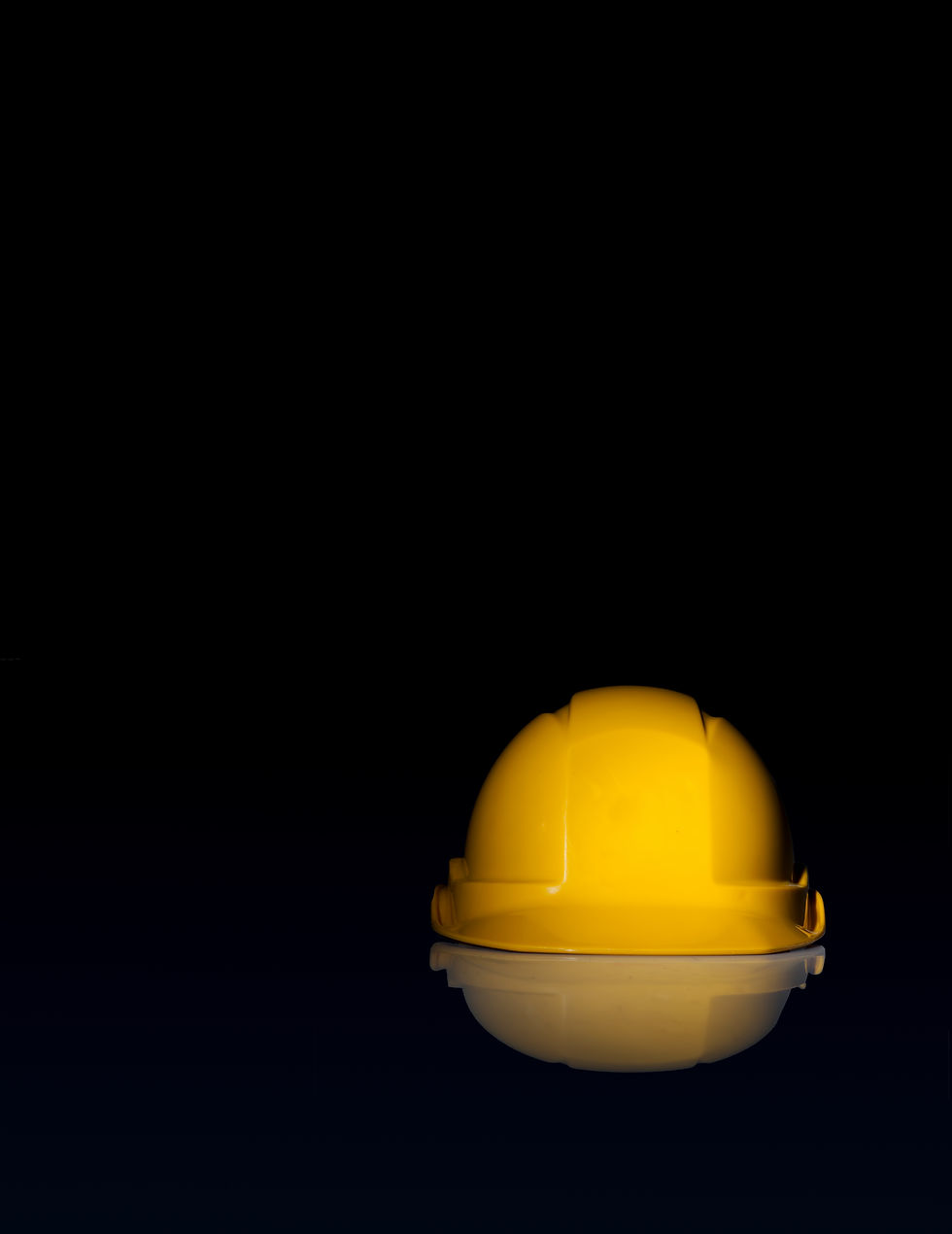Understanding AIA Forms G702 & G703 - Our Bookkeeping Services.
- Dany Ortega
- Jun 9, 2024
- 2 min read
Updated: Mar 7

The American Institute of Architects (AIA) creates over 200 contract templates used throughout the construction and architectural industries. These contracts are popular because they reflect the industry consensus on terms and procedures. The AIA contracts are also easy to read and understand, giving them another benefit over other types.
The AIA produces an extensive set of contract templates covering all stages of the design and building process. Each form is fully customizable but uses industry defaults for many terms. For example, these contracts standardly call for process billing (billing as the project unfolds) and make retainage negotiable (the amount held back until they complete the contract).
These contracts benefit from their well-known status. Experienced professionals will already know much about the contract when someone says, “I’m using an AIA contract.” The most-used contract is the A401 Standard Form of Agreement Between Contractor and Subcontractor. The homeowner is likely to sign an A101 Owner-Contractor Agreement. These contracts are familiar ground for everyone and provide certainty in an uncertain process.
With any construction, home, or commercial, you need an AIA contract or something similar. Once you have a project going, those contracts will multiply. Using AIA contracts creates a benefit for small businesses and sole proprietors, who can rely on standardized parts they know already.
The ones we want to focus on today are those we use the most; forms G702 and G703. These are standard in the industry for billing purposes. Some contractors include them as a requirement in their contracts. Form G702 is a summary of the financial terms initially agreed in the project, plus change orders, less retainage. This form should be properly signed and notarized before submission. Form G703 is a breakdown of the information previously displayed on G702. The person on your team responsible for billing must know or learn how to properly fill in these forms, since it ensures that you stay compliant and helps in getting you paid as a subcontractor.
For more details on AIA forms, please refer to the article What Are AIA Contracts and How to Manage Them from Ironclad Journal.




Comments